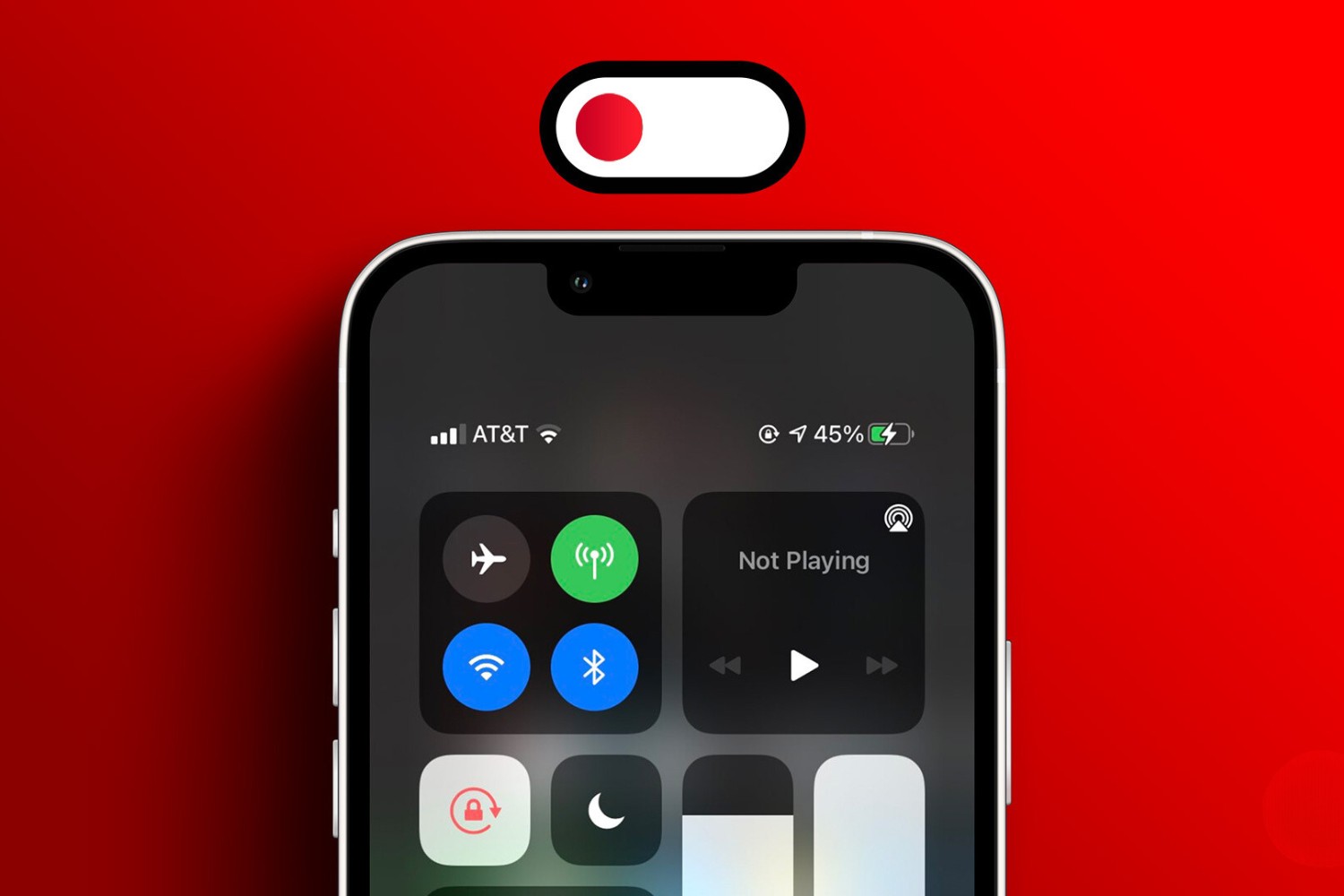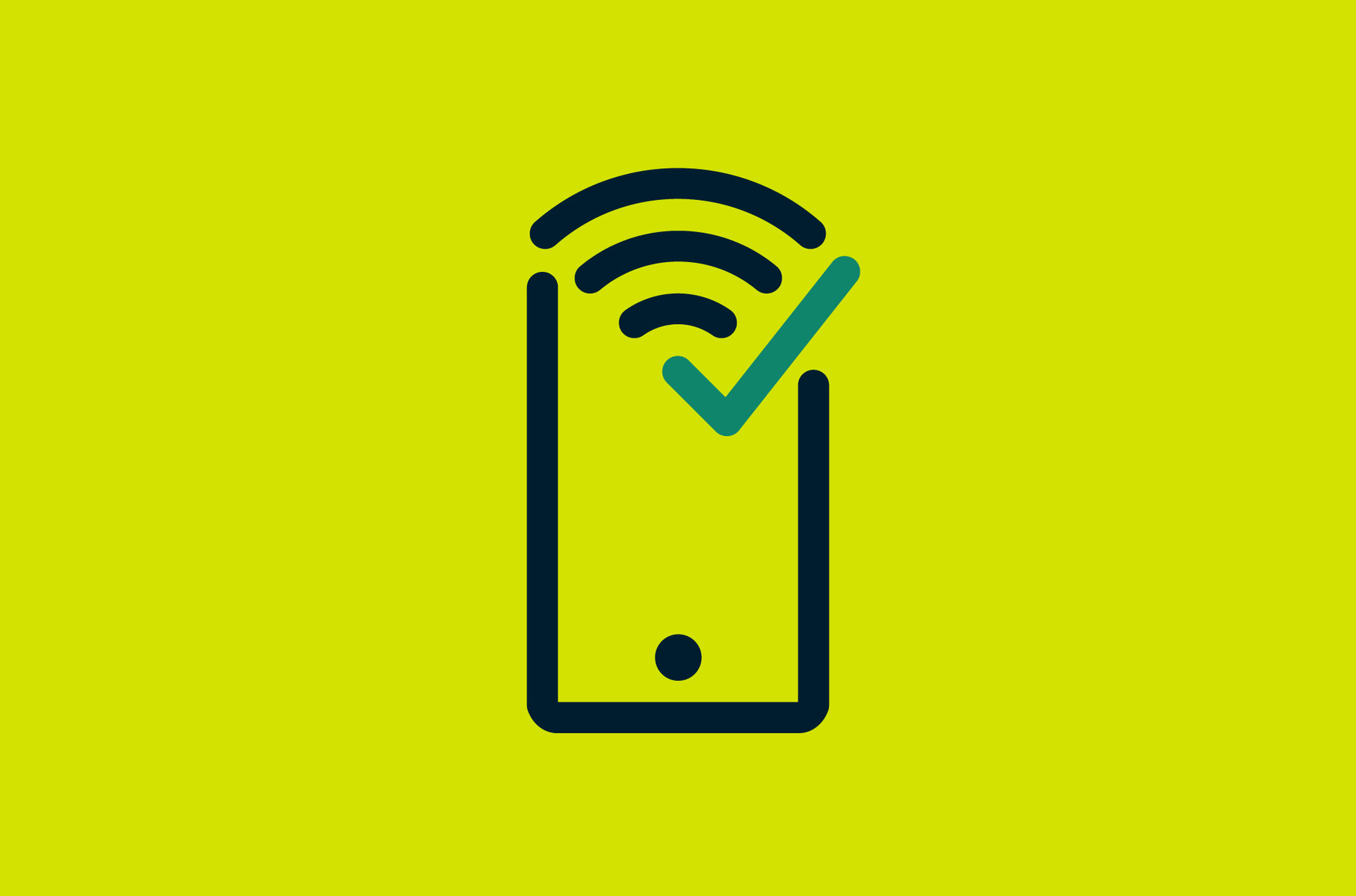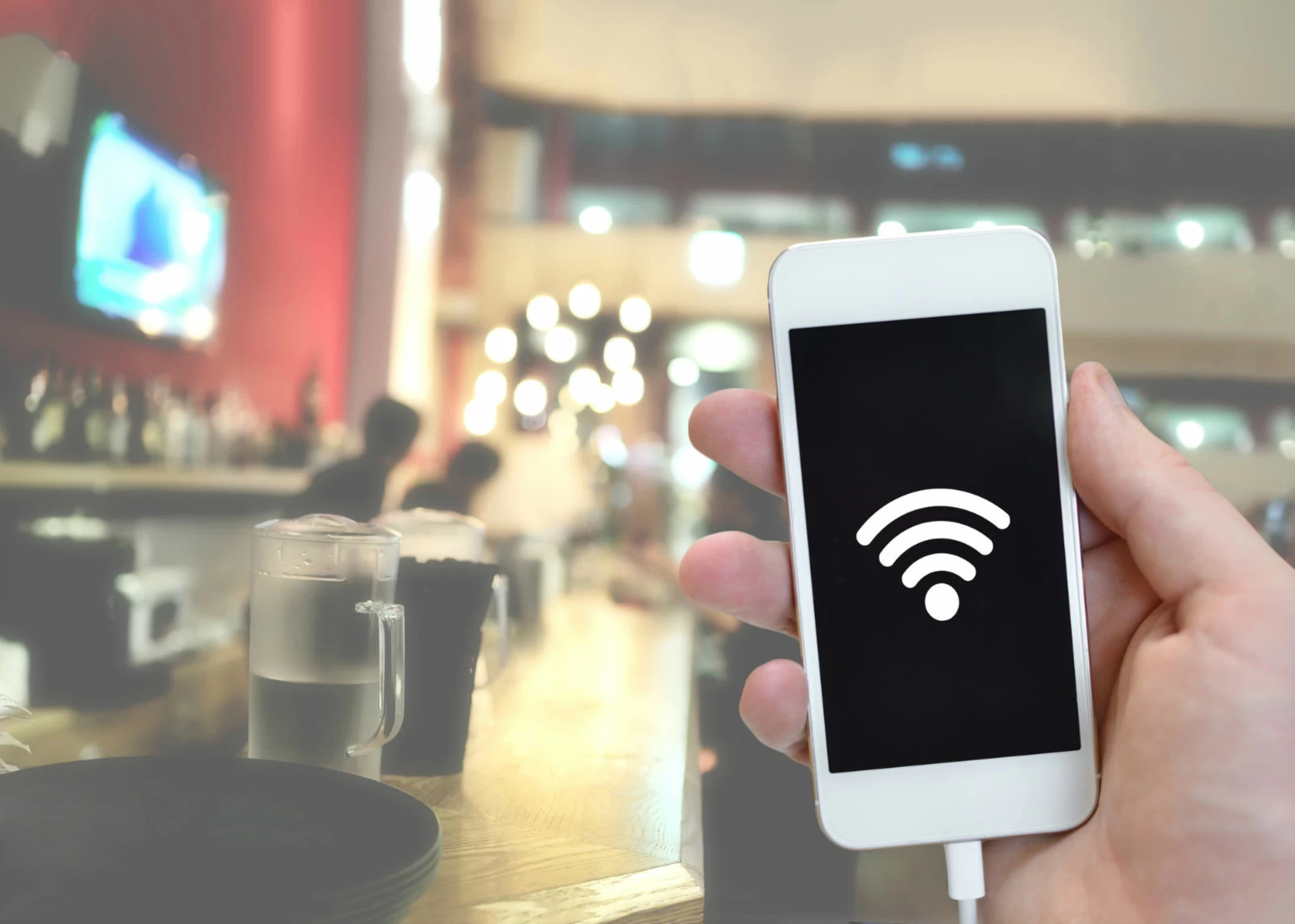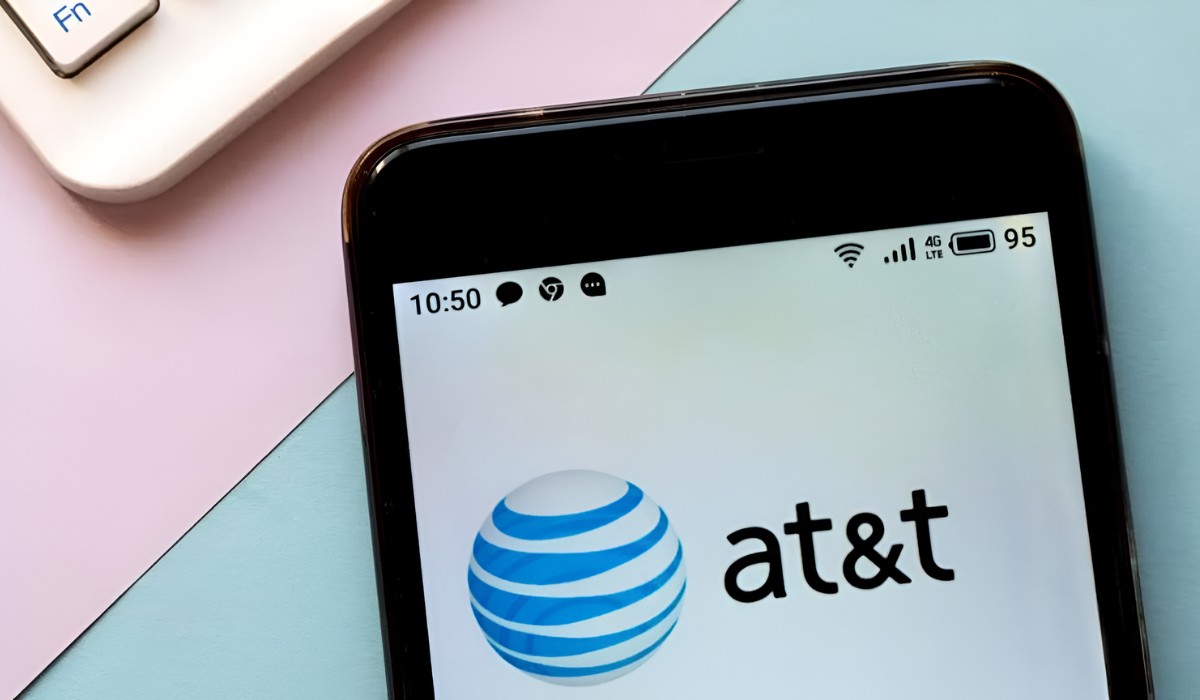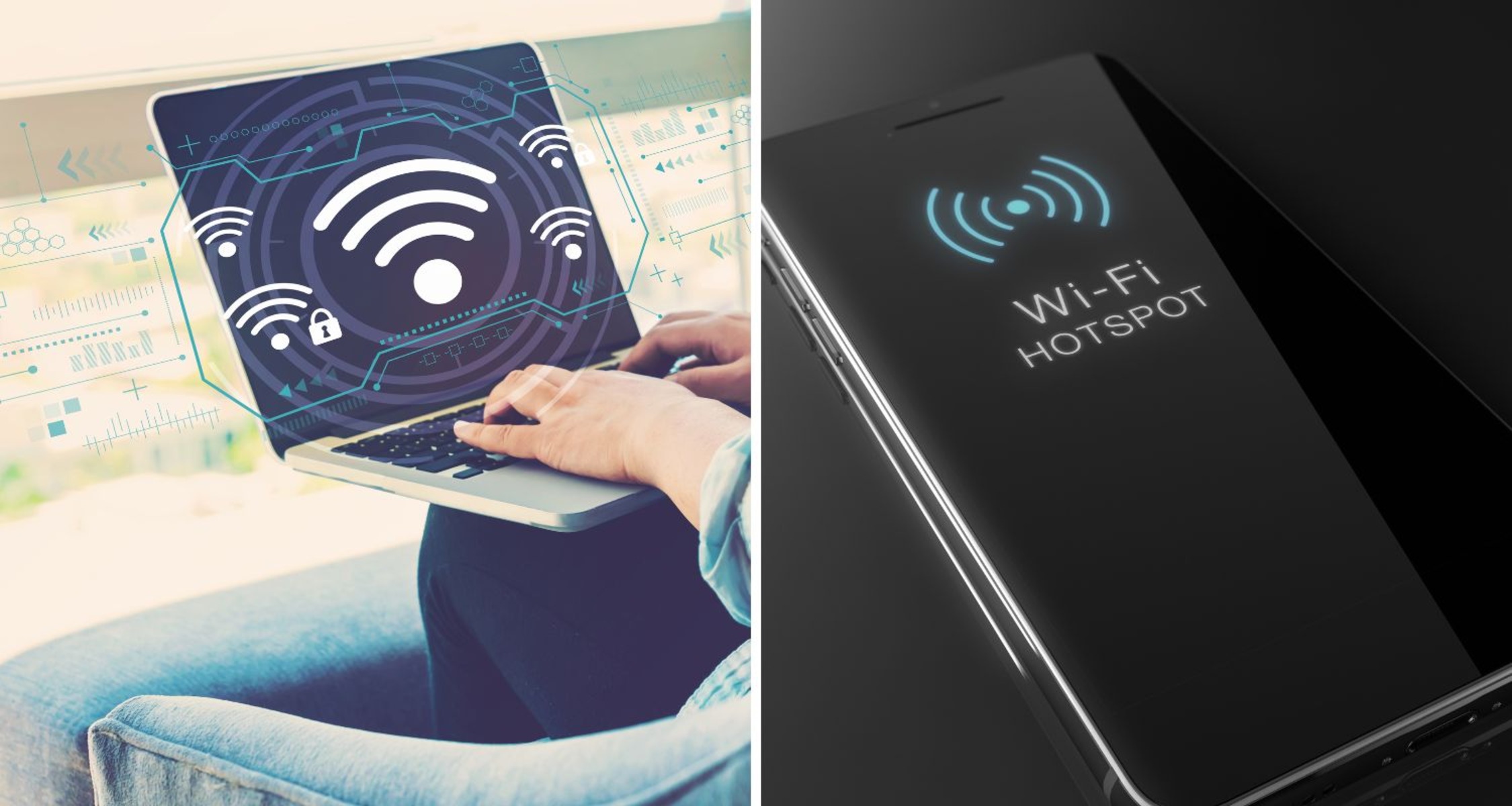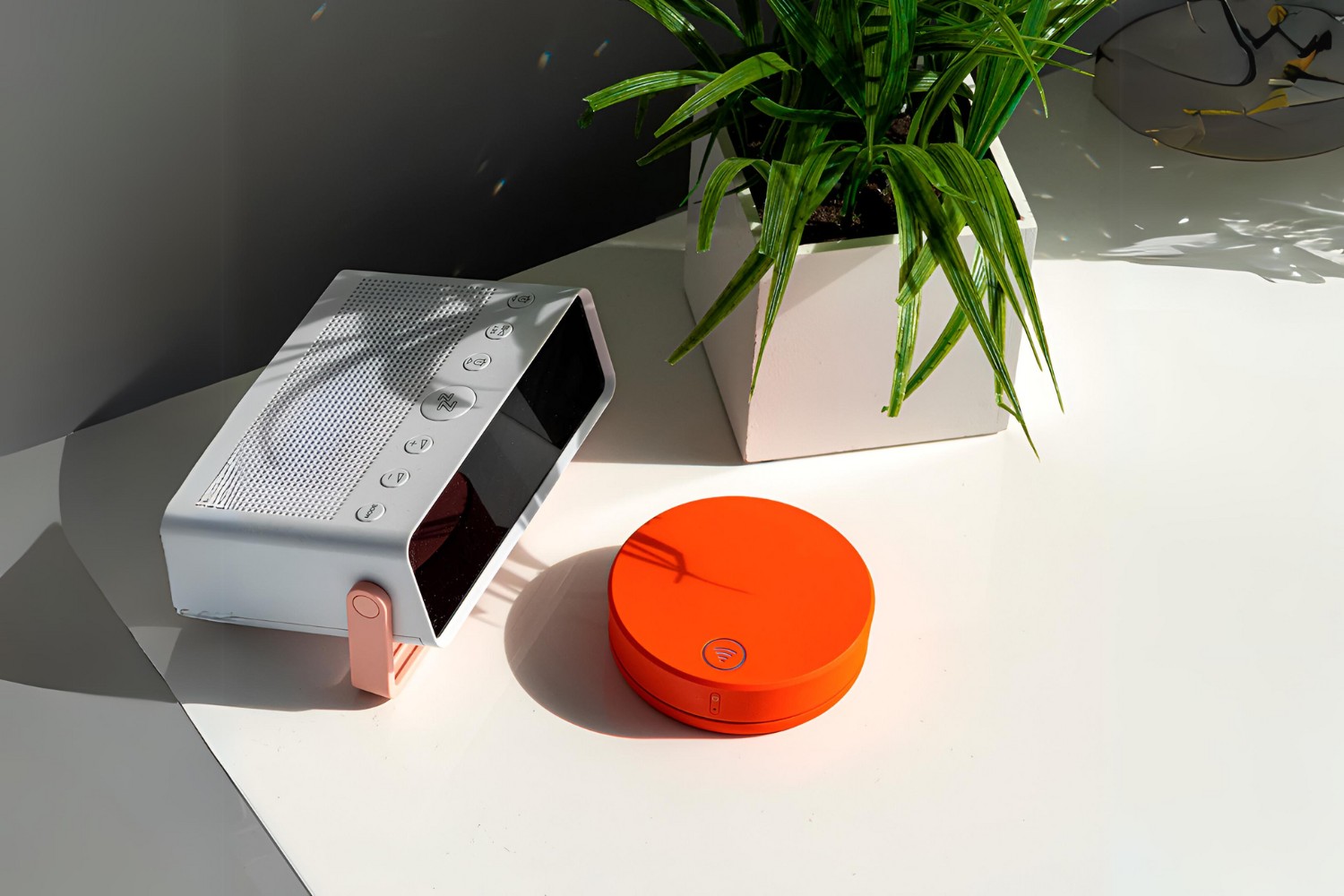Introduction
Hotspot usage has become an integral part of our daily lives, enabling us to stay connected on the go. Whether it's for work, leisure, or emergencies, the ability to create a Wi-Fi hotspot using a mobile phone has revolutionized the way we access the internet. In this article, we will delve into the nuances of hotspot usage duration on mobile phones, providing valuable insights into maximizing efficiency while setting limits to ensure optimal performance and cost-effectiveness.
As the demand for seamless connectivity continues to soar, understanding the intricacies of hotspot usage becomes paramount. From remote work and virtual meetings to streaming entertainment and online gaming, the reliance on mobile hotspots has expanded beyond mere convenience. It's now a lifeline for staying productive, entertained, and informed in an increasingly interconnected world.
In the sections that follow, we will explore practical tips for extending hotspot usage duration, offering invaluable strategies for making the most of this resource. Additionally, we will discuss the importance of setting limits for hotspot usage, shedding light on the benefits of managing data consumption effectively. By the end of this article, readers will gain a comprehensive understanding of how to leverage hotspot functionality on their mobile devices while optimizing its usage duration.
In the fast-paced landscape of modern connectivity, the ability to harness the full potential of mobile hotspots can significantly enhance our digital experiences. Whether it's for work, study, or leisure, the insights shared in this article will empower users to navigate the realm of hotspot usage with confidence and efficiency. Let's embark on this journey to unlock the secrets of maximizing hotspot usage duration and setting prudent limits for a seamless and sustainable connectivity experience.
Understanding Hotspot Usage
Hotspot usage refers to the capability of a mobile device to function as a portable Wi-Fi access point, allowing other devices to connect to the internet through it. This feature has gained immense popularity due to its versatility and convenience, enabling users to establish internet connectivity on the go. When a mobile phone's hotspot is activated, it essentially creates a localized Wi-Fi network, providing a bridge for other devices, such as laptops, tablets, or other smartphones, to access the internet using the mobile device's cellular data connection.
The process of enabling a hotspot typically involves configuring the mobile device's settings to broadcast a Wi-Fi signal, which can then be discovered and connected to by other devices within range. This functionality is particularly useful in situations where traditional Wi-Fi networks are unavailable or unreliable, such as during travel, outdoor activities, or in areas with limited internet infrastructure.
Hotspot usage is not limited to personal or recreational purposes; it has also become an essential tool for professionals and businesses. Remote workers, digital nomads, and field personnel often rely on mobile hotspots to stay connected while on the move, enabling them to access critical resources, participate in virtual meetings, and maintain productivity irrespective of their physical location.
Understanding the intricacies of hotspot usage involves recognizing its impact on data consumption, battery life, and overall device performance. The process of creating a hotspot can exert a significant demand on the mobile device's resources, especially its battery and data allocation. Furthermore, the number of connected devices and the intensity of their internet usage can influence the overall hotspot performance, affecting factors such as signal strength, data speed, and stability.
In essence, understanding hotspot usage encompasses a holistic comprehension of its technical operation, its implications on device functionality, and its relevance in diverse scenarios. By grasping the dynamics of hotspot functionality, users can effectively harness its potential while mitigating potential drawbacks, thus optimizing their connectivity experience.
As we delve deeper into the realm of hotspot usage, it becomes evident that this feature is not merely a convenience, but a pivotal aspect of modern connectivity. The ability to comprehend its nuances empowers users to make informed decisions, maximize its utility, and ensure a seamless and reliable internet connection, regardless of their location or circumstances.
Tips for Maximizing Hotspot Usage Duration
-
Optimize Device Settings: Configure your mobile device to conserve energy and data when operating as a hotspot. Activate power-saving modes and adjust screen brightness to minimize battery consumption. Additionally, prioritize Wi-Fi connectivity over cellular data to reduce the strain on your device's data plan.
-
Limit Background Applications: Close or disable unnecessary background applications on your mobile device to free up system resources and minimize data usage. Background apps can consume data and drain the battery, potentially shortening the duration of your hotspot usage.
-
Use Data-Saving Features: Take advantage of data-saving features available on your device and within specific applications. Many apps offer data-saving modes that optimize content delivery, reduce image and video quality, and limit automatic updates, effectively conserving data and extending hotspot usage duration.
-
Monitor Connected Devices: Keep track of the number and activity of devices connected to your hotspot. Limit the number of connected devices when possible, and encourage users to minimize bandwidth-intensive activities such as streaming high-definition videos or large file downloads, which can strain the hotspot and accelerate data depletion.
-
Employ Wi-Fi Range Extenders: If feasible, utilize Wi-Fi range extenders or signal boosters to enhance the coverage and strength of your hotspot's signal. By ensuring a stable and robust connection, you can mitigate signal fluctuations and optimize data transmission, thereby prolonging the effective usage duration of your hotspot.
-
Update Device Firmware and Apps: Regularly update your mobile device's firmware and applications to benefit from performance enhancements, bug fixes, and optimized resource utilization. Updated software can contribute to more efficient hotspot operation, resulting in extended usage duration and improved overall connectivity stability.
-
Utilize External Power Sources: When feasible, connect your mobile device to an external power source, such as a portable charger or power bank, to alleviate battery drain during extended hotspot usage. This approach can significantly extend the duration of your hotspot's operation, particularly in situations where continuous connectivity is essential.
-
Implement Data Management Tools: Explore the use of data management tools and apps that provide insights into data usage patterns, allowing you to identify and address data-intensive activities. By understanding and managing data consumption, you can optimize your hotspot usage duration and avoid unexpected data overages.
By implementing these practical tips, users can effectively maximize the duration of their hotspot usage, ensuring sustained connectivity without compromising on performance or incurring excessive data costs. These strategies empower individuals to leverage their mobile hotspots efficiently, enabling seamless internet access in various settings while conserving resources and promoting a sustainable connectivity experience.
Setting Limits for Hotspot Usage
Setting limits for hotspot usage is a prudent approach to manage data consumption, preserve device resources, and maintain control over connectivity costs. By establishing parameters and guidelines for hotspot usage, individuals can effectively regulate data utilization, prevent excessive strain on their mobile devices, and avoid potential overages or disruptions. Here are essential considerations for setting limits on hotspot usage:
Data Quotas and Usage Caps
Implementing data quotas and usage caps for hotspot usage can help individuals and organizations allocate resources efficiently. By defining specific data limits for each hotspot session or on a daily, weekly, or monthly basis, users can exercise control over data consumption. This approach enables proactive management of data usage, preventing unexpected depletions and promoting responsible connectivity practices.
Time-Based Restrictions
Introducing time-based restrictions on hotspot usage can be beneficial in scenarios where connectivity needs to be regulated. For instance, setting specific time windows for hotspot availability can ensure that resources are utilized judiciously, especially in shared or communal settings. By defining periods of active hotspot operation, users can optimize data usage and promote fair access among multiple users or devices.
Quality of Service (QoS) Parameters
Incorporating Quality of Service (QoS) parameters into hotspot settings allows users to prioritize and allocate bandwidth based on specific requirements. This enables the differentiation of data traffic, ensuring that critical applications or tasks receive precedence over non-essential activities. By defining QoS policies, users can optimize connectivity resources, enhance performance for vital functions, and maintain a balanced distribution of bandwidth.
User Authentication and Access Controls
Employing user authentication and access controls for hotspot usage empowers administrators to manage and monitor connectivity privileges. By requiring authentication credentials or implementing access controls based on user profiles, organizations and individuals can regulate the authorization of devices to connect to the hotspot. This approach enhances security, prevents unauthorized usage, and facilitates efficient resource allocation.
Real-Time Monitoring and Alerts
Utilizing real-time monitoring tools and alerts enables proactive oversight of hotspot usage, allowing users to track data consumption, device connections, and overall network activity. By receiving alerts for data thresholds, unusual usage patterns, or unauthorized access attempts, individuals can promptly address potential issues, enforce limits, and maintain visibility into hotspot operations.
By integrating these strategies, users can establish effective limits for hotspot usage, fostering a balanced and controlled connectivity environment. These measures enable individuals and organizations to manage data consumption, optimize resource allocation, and uphold connectivity standards, ensuring a sustainable and efficient utilization of mobile hotspots.
Conclusion
In conclusion, the utilization of mobile hotspots represents a pivotal facet of contemporary connectivity, offering unparalleled flexibility and accessibility for staying connected on the go. The insights shared in this article have shed light on the intricacies of hotspot usage duration, providing valuable tips for maximizing efficiency while advocating the implementation of prudent limits to ensure optimal performance and cost-effectiveness.
By understanding the technical and practical aspects of hotspot functionality, users can navigate the realm of mobile connectivity with confidence and foresight. The tips for maximizing hotspot usage duration encompass a spectrum of strategies, ranging from optimizing device settings and monitoring connected devices to leveraging external power sources and employing data management tools. These actionable recommendations empower individuals to extend the duration of their hotspot usage while conserving resources and minimizing potential disruptions.
Furthermore, the significance of setting limits for hotspot usage cannot be overstated. By implementing data quotas, time-based restrictions, Quality of Service parameters, user authentication controls, and real-time monitoring, users can effectively manage data consumption, regulate access, and maintain a balanced and controlled connectivity environment. These measures are instrumental in promoting responsible connectivity practices, mitigating excessive data usage, and upholding connectivity standards across diverse usage scenarios.
In the fast-evolving landscape of digital connectivity, the ability to harness the full potential of mobile hotspots is paramount. Whether for professional endeavors, educational pursuits, or recreational activities, the seamless and efficient operation of hotspots is integral to our daily routines. By embracing the insights and recommendations presented in this article, users can optimize their hotspot usage duration, ensuring sustained connectivity without compromising on performance or incurring excessive costs.
As we navigate the dynamic intersection of technology and connectivity, the prudent management and strategic utilization of mobile hotspots emerge as essential competencies. By integrating the best practices and considerations outlined in this article, individuals and organizations can embark on a journey towards a harmonious and sustainable connectivity experience, characterized by efficiency, control, and reliability.
In essence, the effective management of hotspot usage duration, coupled with the establishment of prudent limits, empowers users to unlock the full potential of mobile connectivity while fostering responsible and sustainable usage practices. As we embrace the opportunities and challenges of an increasingly interconnected world, the insights shared in this article serve as a compass, guiding users towards a seamless, efficient, and empowered connectivity experience.










